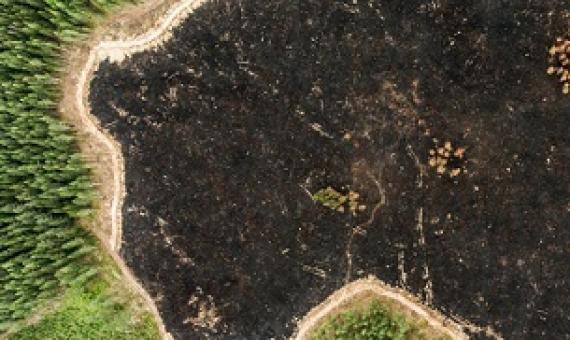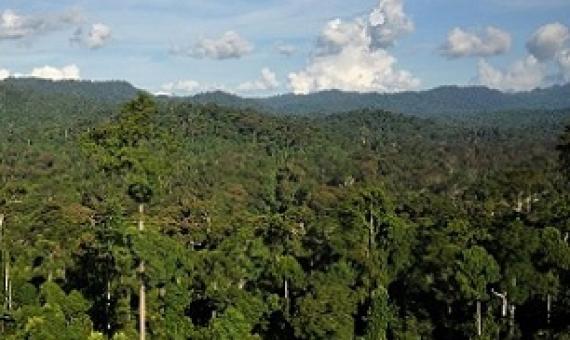Over 20 heads of state, as well as business, philanthropy and Indigenous leaders, made major funding announcements and conservation commitments today at the Transformative Action for Nature and People, a UN General Assembly side event, which aimed to build momentum ahead of the 15th Conferen
Although the biodiversity crisis is intimately linked to the climate one, the financing to address it is woefully inadequate.
Defining ‘science-based targets’
Setting targets for addressing major planetary concerns is an essential prerequisite for concerted global action (both inside and outside multilateral environmental agreements) and is necessarily a societal and political process, requiring negotiation and convergence among oftenconflicting interests. There is no such thing as a ‘scientific target’ applied in policy or business—operational targets are socio-political choices. However, this is not to say that targets cannot be ‘science-based’.
Biodiversity...underpins the resources needed for the survival of life itself. However, species are becoming extinct faster than ever, and humans are largely to blame.
CONSERVING AT LEAST 30% OF THE PLANET BY 2030 – What should count?
This brief seeks to bring clarity to the question of what could count toward the 30% global minimum target. within the context of recognized area-based conservation measures and their ability to deliver positive long-term conservation outcomes. It is based on guidance from the International Union for Conservation of Nature (IUCN) and other published sources, and is consistent with decisions of the Conference of the Parties to the Convention on Biological Diversity (CBD).
Leading up to the meeting of the Convention of Biological Diversity (CBD), conservation and sustainability scientists, practitioners, and policy experts are urging CBD member governments to study and use a newer conservation policy tool known as Other Effective area-based Conservation Measures (O
Nearly a third of the world’s oceans and land should be protected by 2030 to stem extinctions and ensure humanity lives in harmony with nature. That is the suggestion from 195 countries in a proposed United Nations plan to tackle the global destruction of nature.
Eliminating plastic pollution, reducing pesticide use by two-thirds, halving the rate of invasive species introduction and eliminating $500bn (£360bn) of harmful environmental government subsidies a year are among the targets in a new draft of a Paris-style UN agreement on biodiversity loss.
EQUITABLE AND EFFECTIVE AREA‐BASED CONSERVATION: TOWARDS THE CONSERVED AREAS PARADIGM
In 2018, the Parties to the Convention on Biological Diversity (CBD) adopted a decision on protected areas and other effective area-based conservation measures (OECMs). It contains the definition of an OECM and related scientific and technical advice that has broadened the scope of governance authorities and areas that can be engaged and recognised in global conservation efforts.
The world is running out of time to reach an ambitious deal to stem the destruction of the natural world, the co-chair of negotiations for a crucial UN wildlife summit has warned, amid fears of a third delay to the talks.












